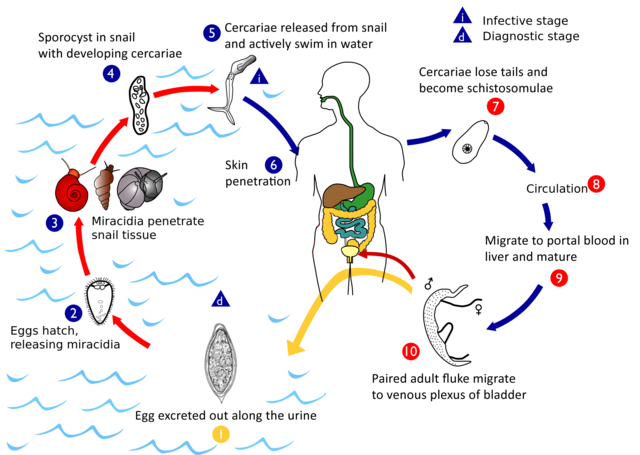Non-living agents that carry micro-organisms from one place to another include air, water and food.
Living agents that carry micro-organisms from place to place are animals. These animals that carry pathogenic (disease causing) micro-organisms are known as vectors.
Examples of vectors are cockroaches, fleas, mosquitoes, tsetse-flies, black flies, house flies, bed-bugs, ticks, rats, dogs, cats, etc. Vectors may transmit micro-organisms from place to place or person to person either mechanically or biologically.
(a) Mechanical Method: The vectors carry pathogens on various parts of their bodies e.g. legs, wings, mouthparts, hairs, etc. The pathogens do not grow or multiply on the body of the vectors. Pathogens carried in this way include Salmonella typhi, Vibro cholerae and Entamoeba histolytica.
(b) Biological Method: The vector in this case becomes infected with the pathogen when it feeds on the body fluid of an infected person or animal. The pathogen develops and multiplies in the body of the vector which then infects a healthy person when it goes to feed. Thus part of the pathogen’s life cycle takes place in the body of the vector. Examples of such vectors and the pathogen they carry are;
(i) Anopheles mosquito (female) carries plasmodium (protozoan) that causes malaria.
(ii) Tsetse fly carries Trypanosome (protozoan) which causes sleeping sickness (Trypanosomiasis).
(iii) Aedes mosquito carries a virus that causes yellow fever/dengue fever.

Life cycle of Malaria Parasite in human host:
Mosquitoes can be controlled in the following ways:
Vectors can be controlled by;
Read our disclaimer.
AD: Take Free online baptism course: Preachi.com 